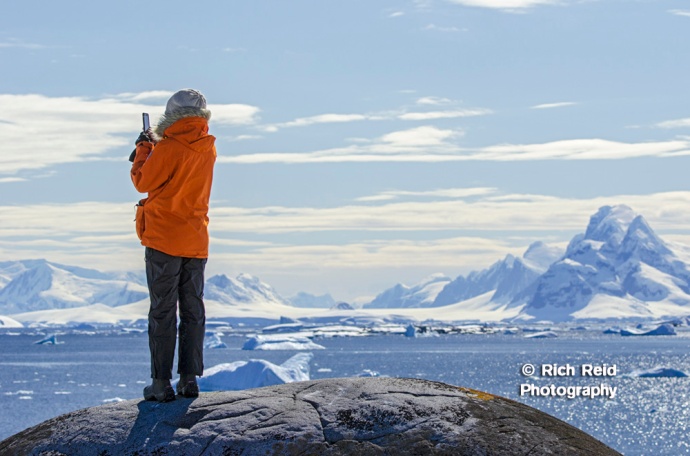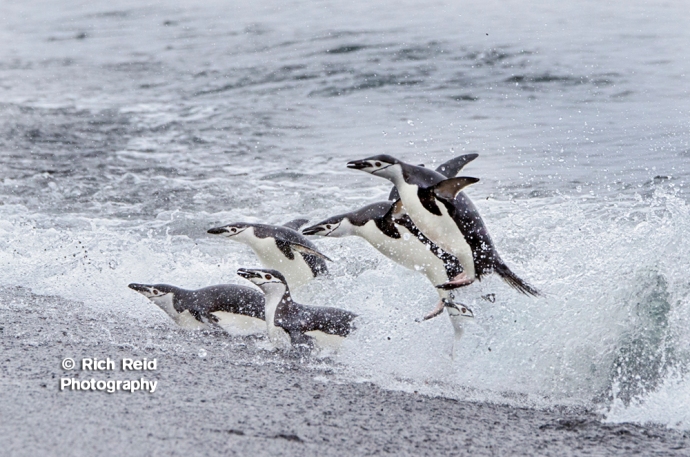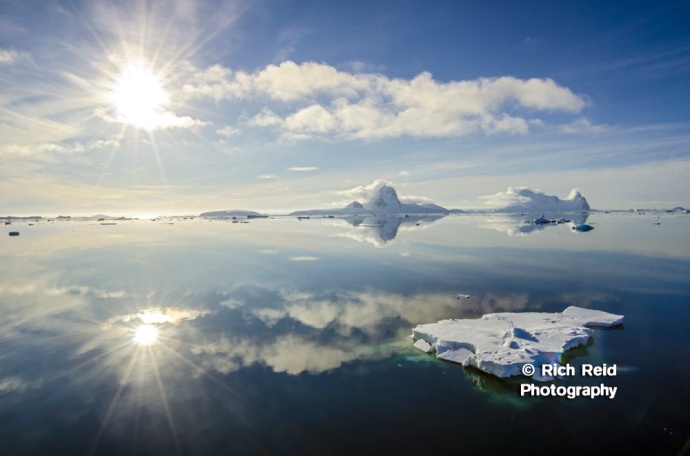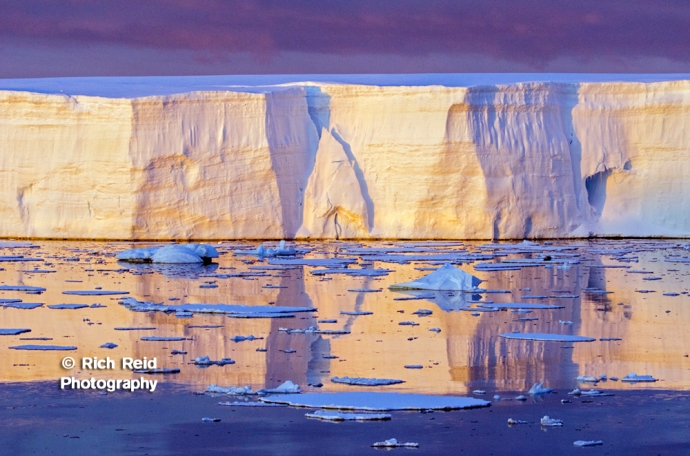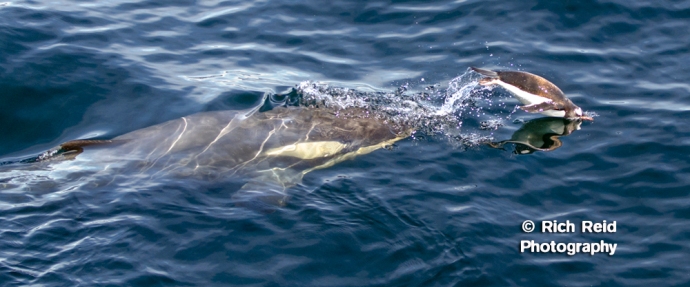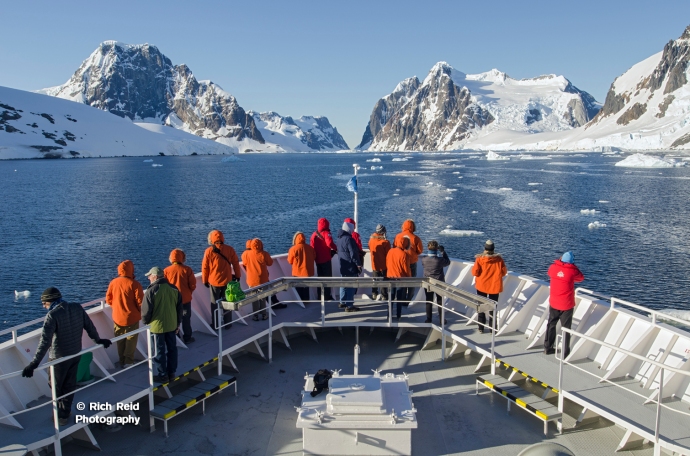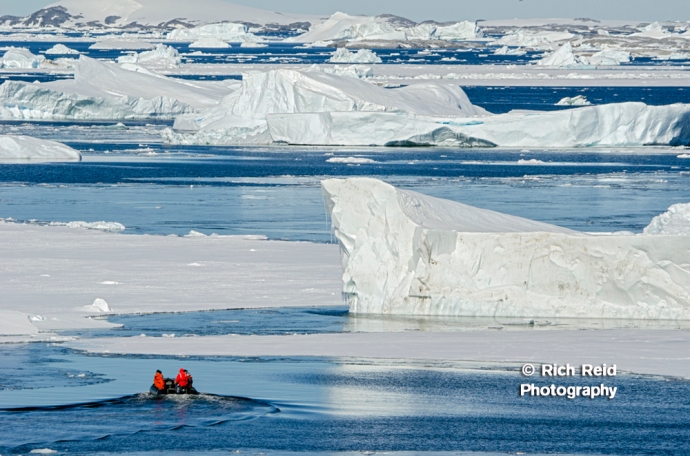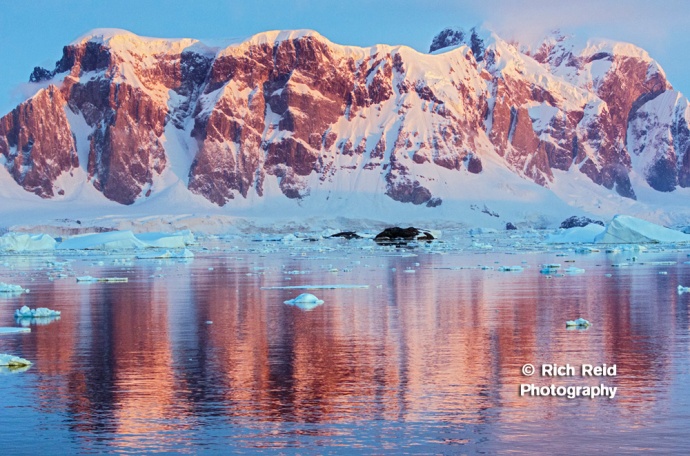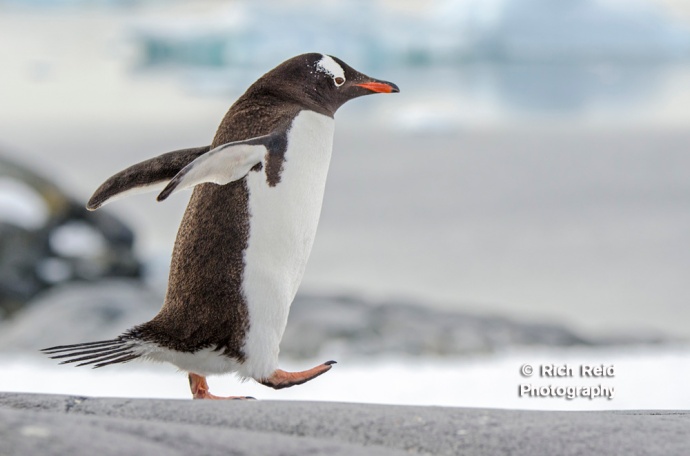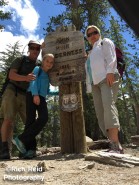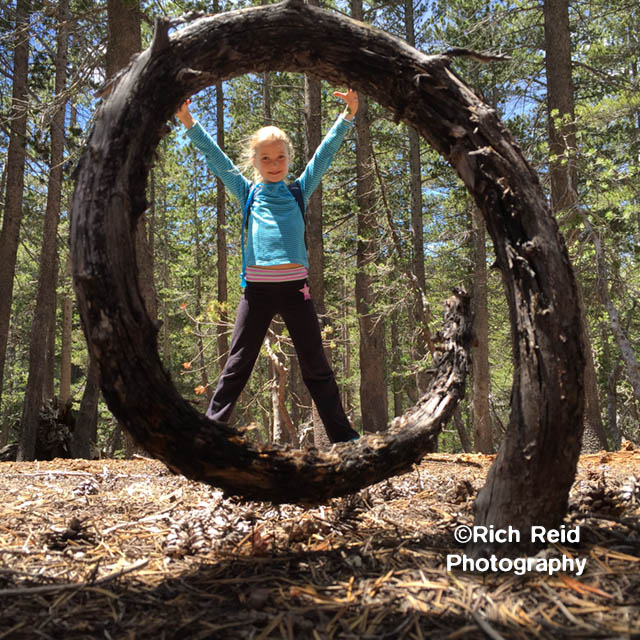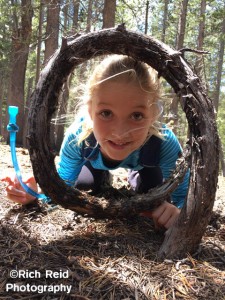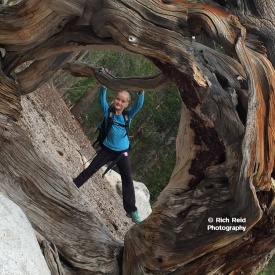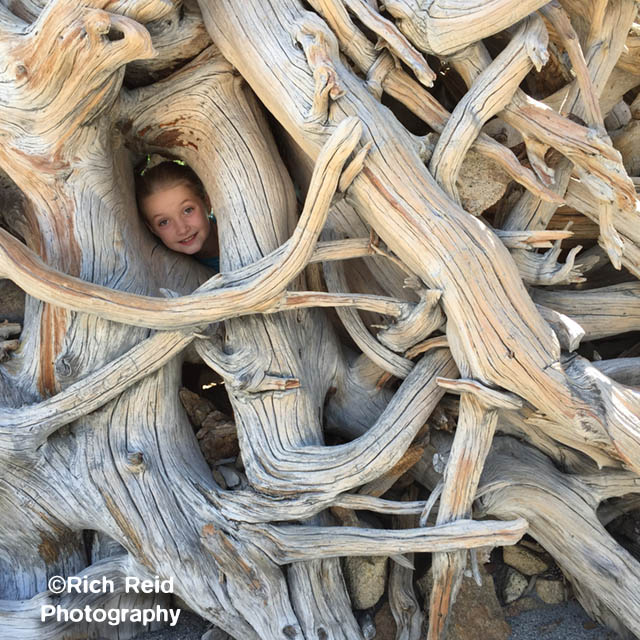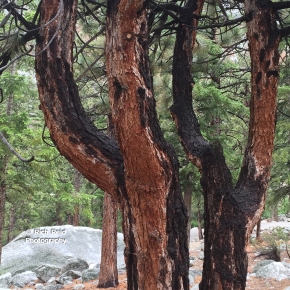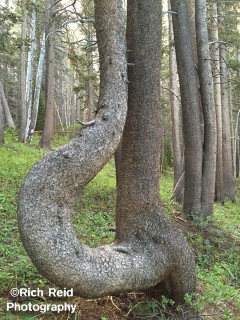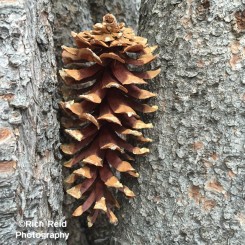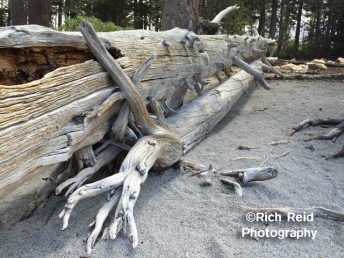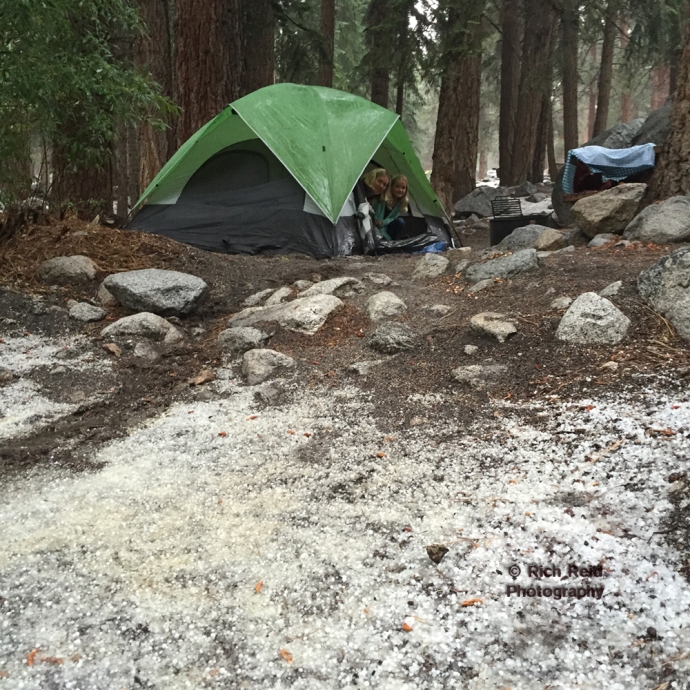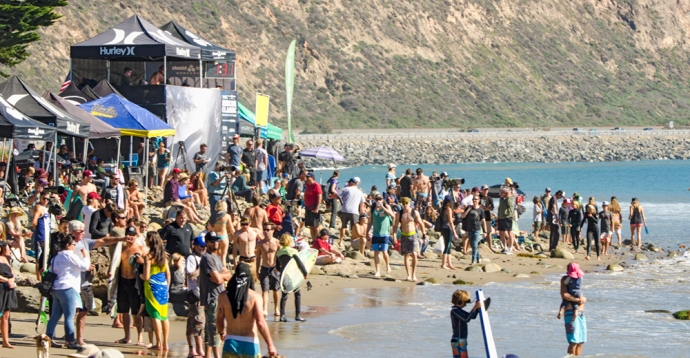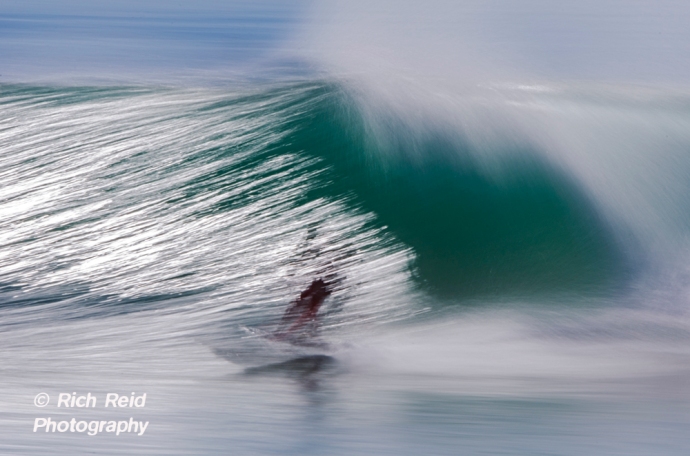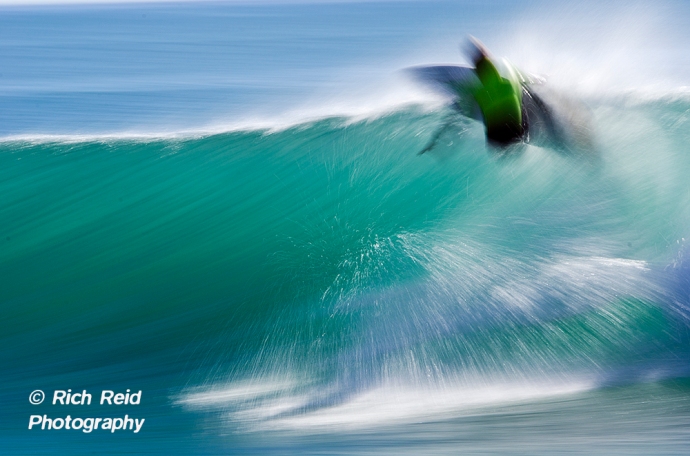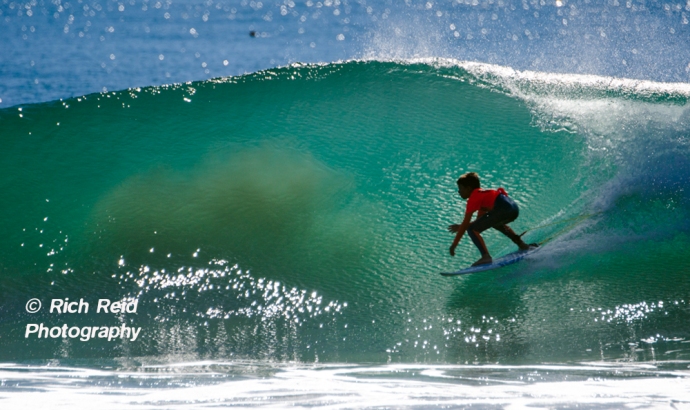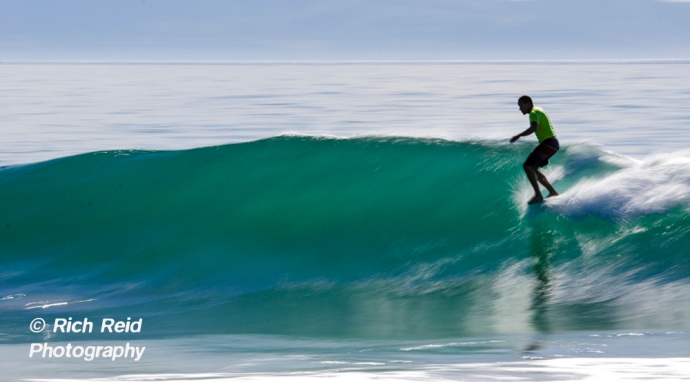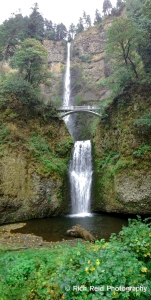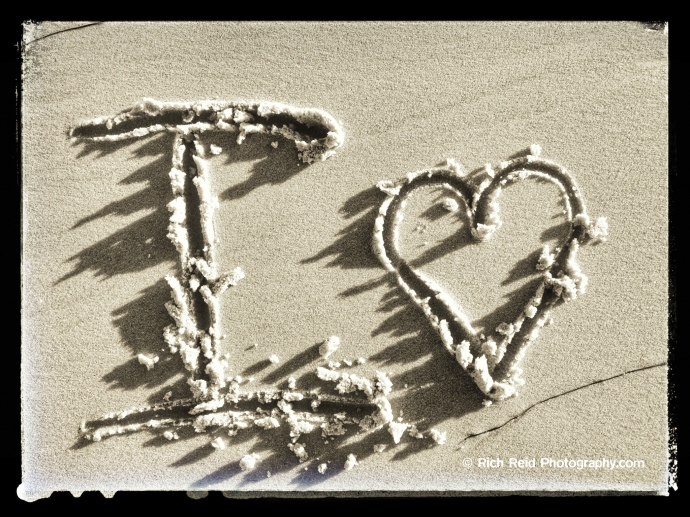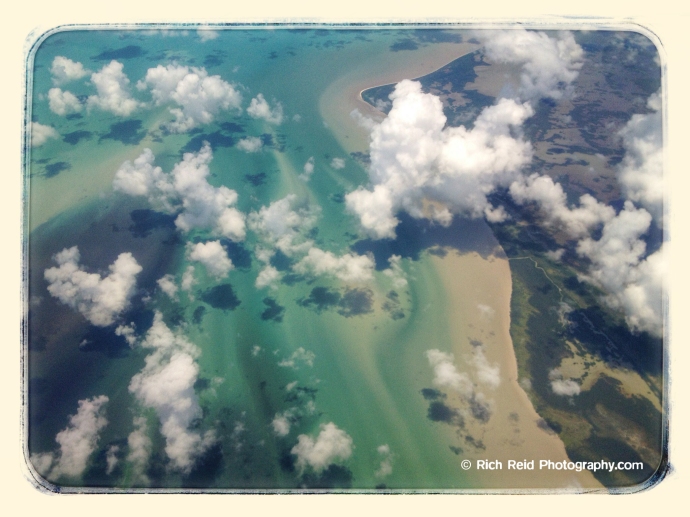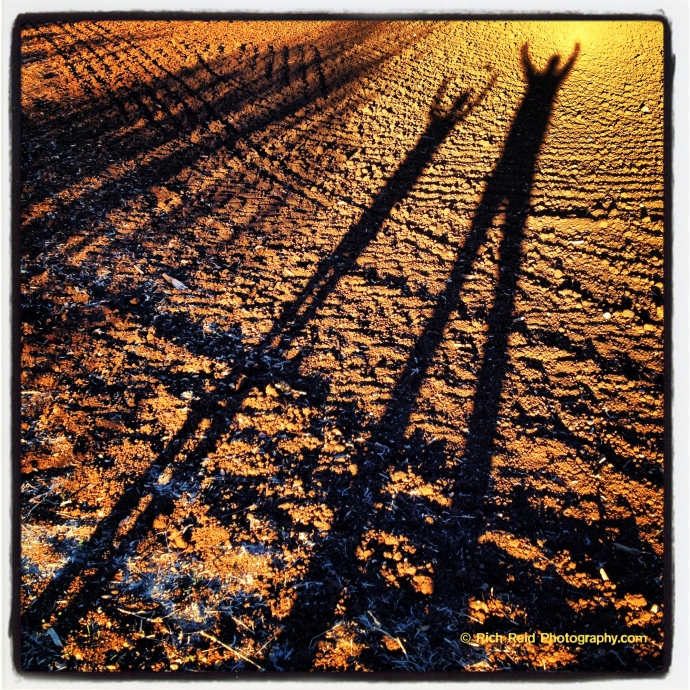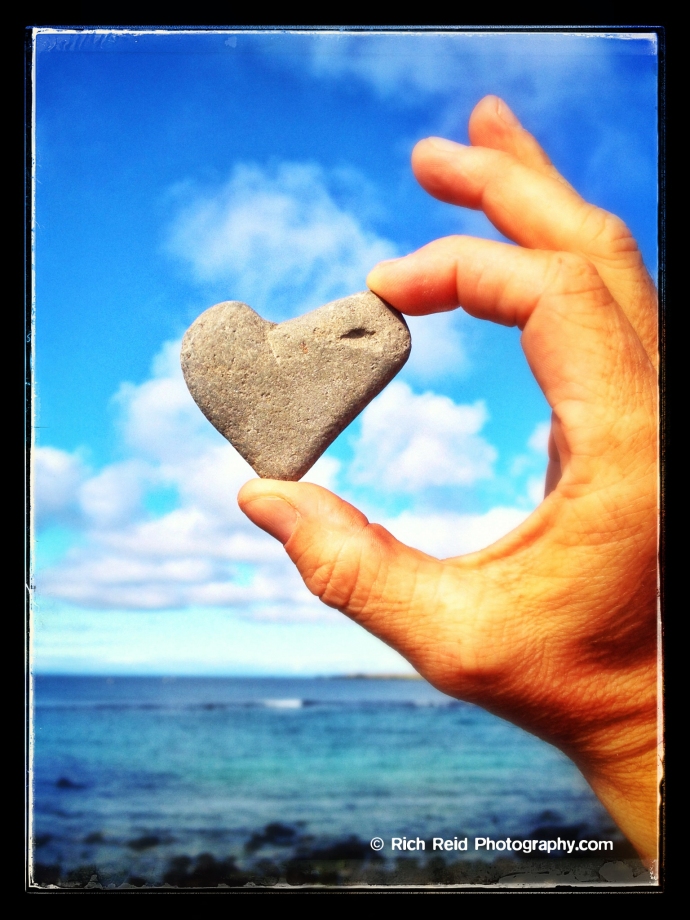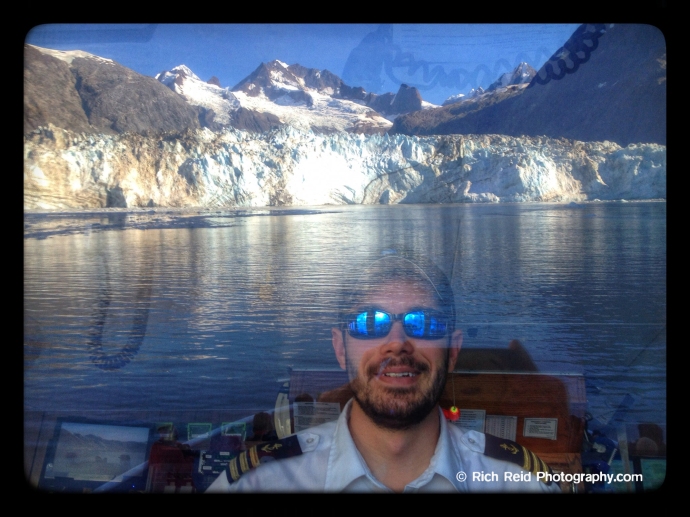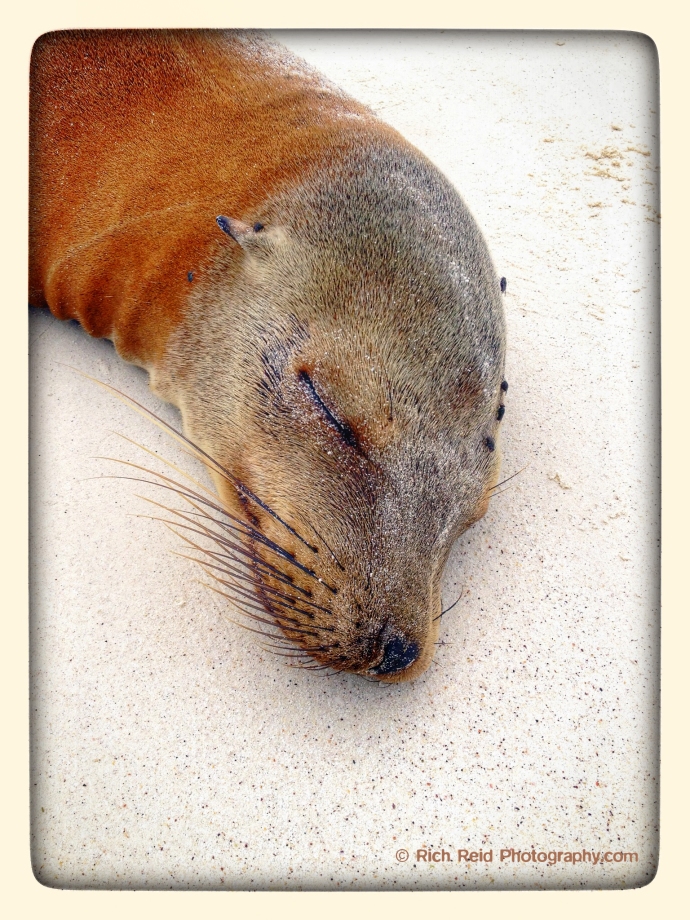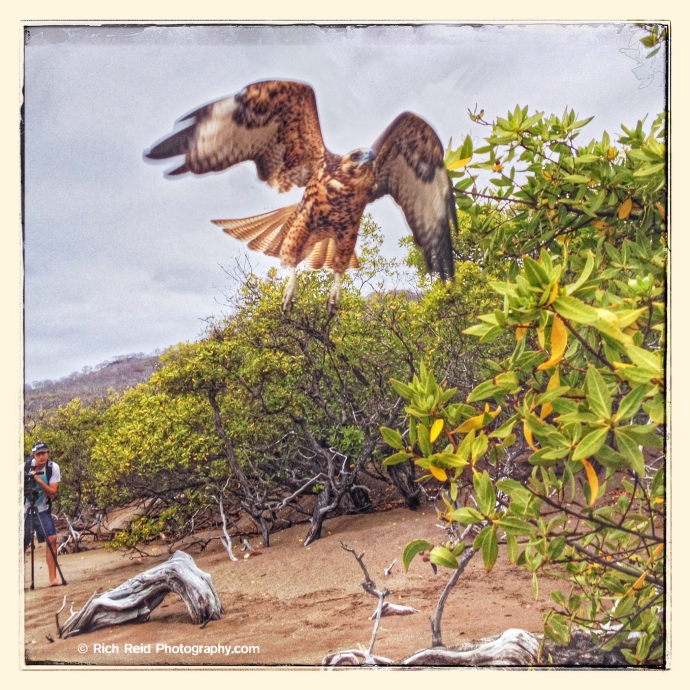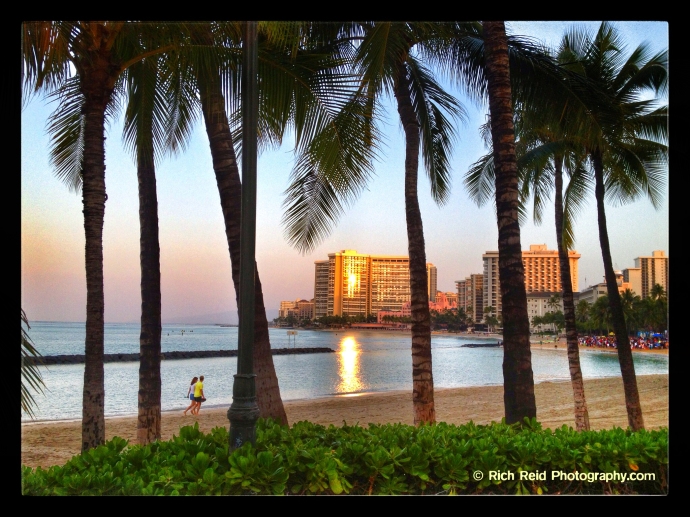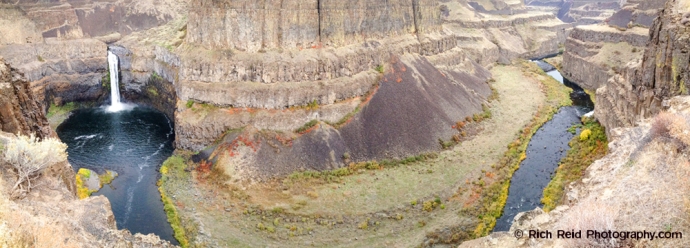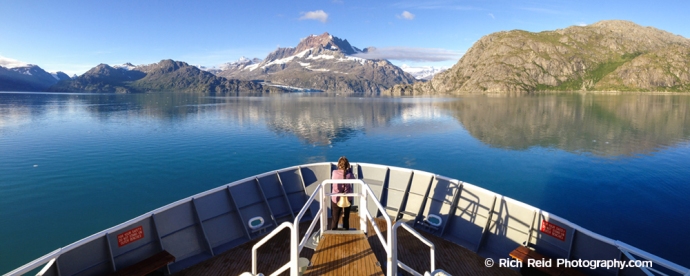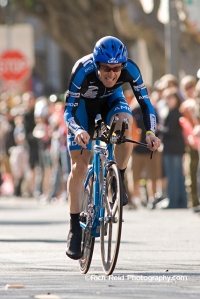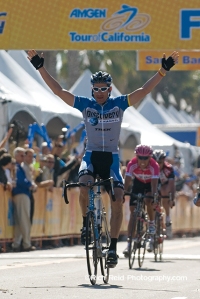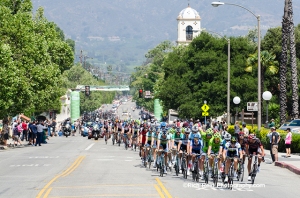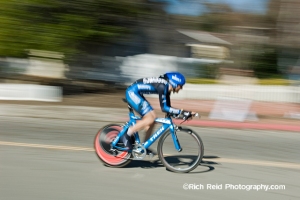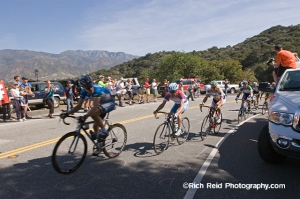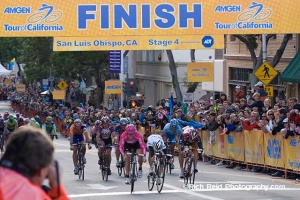Antarctica is the land of superlatives; the coldest, windiest and driest place on earth. Exceptional beauty and abundant wildlife are other ways to describe this amazing continent. Tourist go to Antarctica to experience the iconic penguins but return for the magnificent ice; gigantic glaciers, tabular icebergs and frozen sea ice.
This lifetime expedition usually begins with a cultural stopover in Buenos Aires, Argentina where one can sample outstanding Malbec wines and their famous “carne” cuisine. This is also the last stop to feel the warm southern hemisphere summer and to soak up the colorful Argentinean flora. After a three-hour flight south over the Southern Andes, you arrive in Ushuaia. Located on the southern tip of Terra del Fuego Island, this resort town is accessible by air and sea. The majority of tourist access Antarctica through this scenic community perched between the mountains and the sea.
Now the real adventure begins once we embarked on the National Geographic Explorer and headed down the calm Beagle Channel entering the notorious Drakes Passage. Up to 40,000 tourists visit Antarctica each summer season and the majority departs from Ushuaia by ship for a two-day 700-mile journey crossing the Drakes Passage to the Antarctic Peninsula. Each passage is a different experience depending on the wind and swell however the one constant is the open ocean with birds, lots of them. Cape petrels flying in harmonious formation, Wilson Storm-petrels bouncing off the surface feeding and of course the magnificent albatrosses; Black-browed, Grey-headed and Wandering.
Outside the dead of winter when the sea ice embraces the continent for up to 9 months, I have been lucky enough to see Antarctica in three seasons and get a greater appreciation of how resilient the endemic wildlife is to survive in these insane conditions. The weather also confirms why there are no indigenous people or local government. The Antarctic Treaty of 1959 is the legal framework signed by 43 countries that has uniquely spared much of the continent for any type of development, military activity or resource extraction. In addition, the voluntary organization IAATO(International Association of Antarctic Tour Operators) sets rules limiting number of guests at landing sights and environmental procedures to further protect the wildlife and to avoid introducing any invasive species.
Sometime during the early morning of the second day crossing the Drakes Passage, one of our guests enthusiastically shouts “iceberg” in the normally quite bridge. The first sighting of anything gets lots of attention and ice is no exception. Huge tabular icebergs calve off of gigantic Antarctic ice shelves and migrate large distances at the mercy of the wind and currents. Beautiful, blue and timeless, this ice is like nowhere else on earth. We have now crossed the Antarctic Convergence, the invisible line in the ocean where the air and water temperature drops to freezing and waters merge to create a strong current that brings rich nutrients to the surface. “Whale” was shouted next on the list of many first sightings. Blue, Humpback and Minke whales feeding is this productive zone.
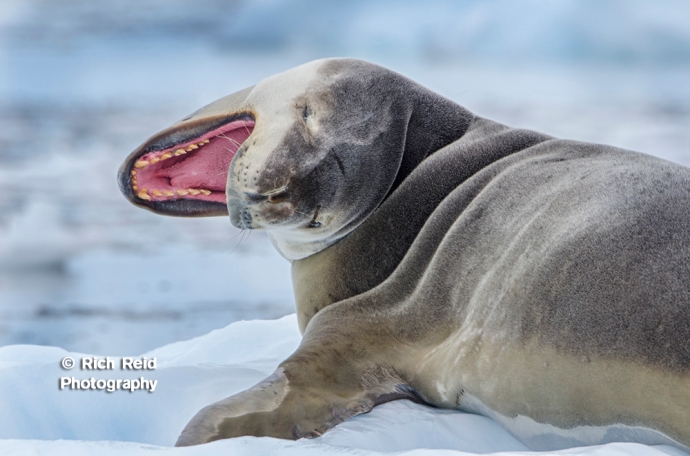
Leopard Seal, Hydrurga leptonyx on sea ice in Cierva Cove on on the Antarctic Peninsula in Antarctica.
First impressions certainly last a lifetime and making our first landing at Baily Head on Deception Island was quite impressive. Mother Nature limits this landing sight with dangerous waves on a steep beach but conditions were perfect for us on this particular day. The main prize on this stark black and white landscape was the colony of chinstrap penguins that spanned as far as the eyes could see. The first of the three brush-tailed penguins, the chinstrap fly out of the surf in numbers landing on the pebbly beach and start their long march back to their hilltop nests. Bellies filled with krill, this amazing creature commutes long distances on three-inch legs to feed their two chicks and relieving their partner from nesting duties that include fending off the aggressive Brown Skua trying to snag a chick. The sight, smell and sound of 100,000 nesting pair of chinstrap penguins are forever ingrained in my memory.
Three species of brush-tailed penguins; Gentoo, Chinstrap and Adélie
The other two penguins in the brush-tailed family are the Adelie and Gentoo penguins. Both have their quirky antics waddling large flightless bodies on land and their extraordinary hydrodynamic agility porpoising in the water to feed on krill and avoid predators. Watching these remarkable birds gains your respect for their perpetual rock stealing from their neighbor’s nests and their resilience protecting their chicks from a constant barrage of aerial predators. One of my most amazing wildlife encounters to date was witnessing a pod of small type B Killer Whales hunting Gentoo penguins in Gerlache Strait. Under the ship’s bow, five Killer Whales pursued an agile penguin that could turn much quicker successively getting away this time, albeit exhausted.
Other Antarctic highlights including motoring through the towering icy walls of the scenic Lemaire Channel that narrows to less than a mile wide. Experiencing the sea in Crystal Sound and Grandidier Channel starting to freeze into “grease” ice during the glowing 11pm sunset as the full moon raised over water also tops the list. Antarctica never fails to deliver a lifetime experience every day. Standing in gale force freezing wind in blizzard conditions really puts life into the epic adventures that the early explorers felt like Sir Ernest Shackleton, Roland Amundsen and Robert Falcon Scott. They made history and brought back real life stories from the place of superlatives; coldest, windiest and driest place on earth.
My role on these expeditions as the National Geographic Expert is pretty straight forward; “to enhance the travelers’ appreciation and understanding of the destination.” I am honored to work with exceptional staff that I constantly learn valuable life lessons from shared experiences. Even though photography is an integral aspect of this “appreciation,” sometime silently observing wildlife with guests is just as rewarding. The National Geographic Global Guest Perspective Speaker also enhances everyone’s experience and are the most inspiring people I have ever met including Peter Hillary, Dr. Joe Macinnis, Eric Larsen, Wade Davis, Andrew Clarke and Eva Aariak. These exceptional people have added so much to the places we visit and to my life.
I want to thank all of the Lindblad Staff that I have been so fortunate to work with in some of the finest destination on earth. Your knowledge and patience are unsurpassed. A special thank you to National Geographic and Lindblad Expeditions for providing me with such an incredible lifetime opportunity.
Safe travels. Rich Reid.

